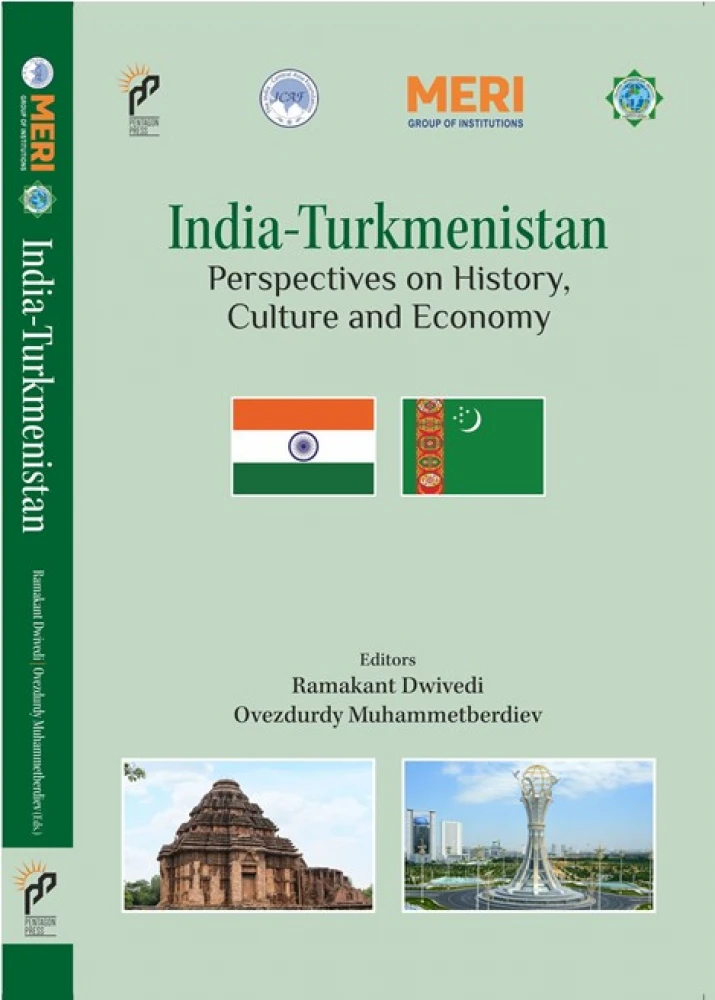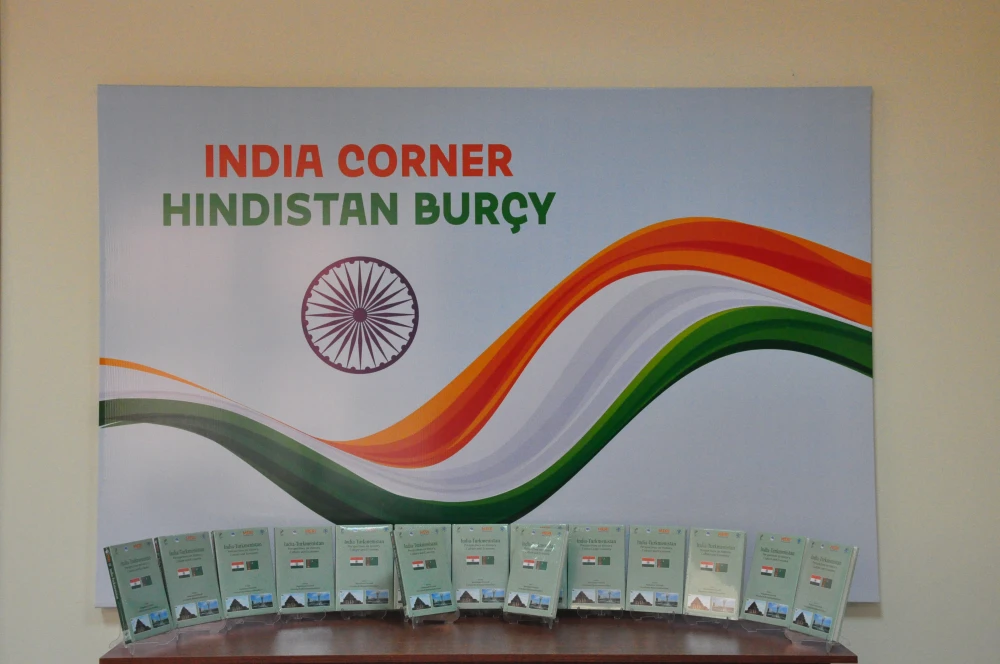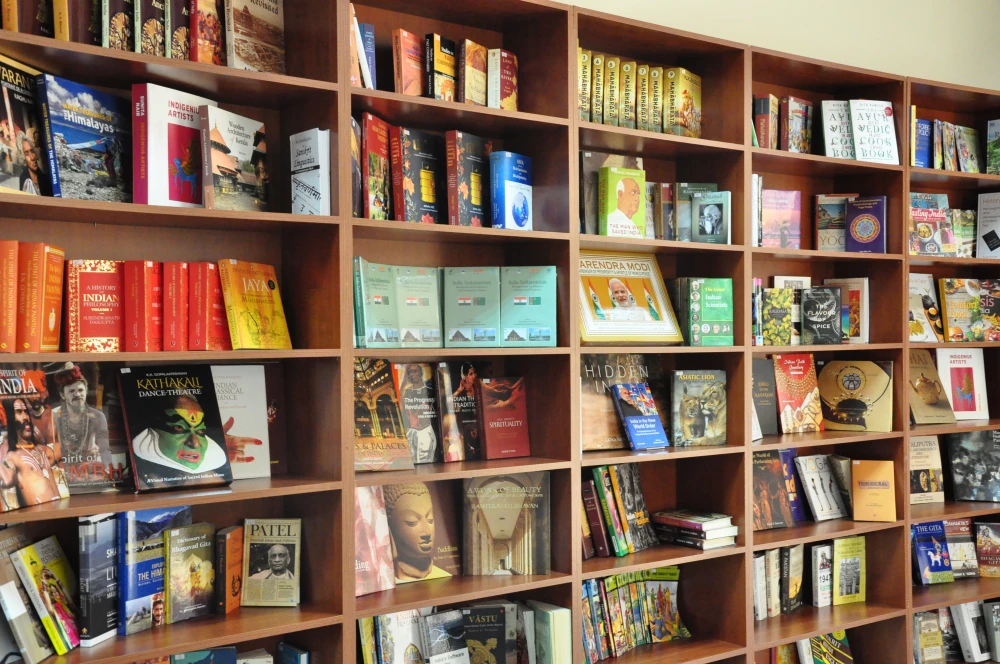26/08/2025
1300
A Publication of the New Joint Book by Turkmen and Indian Scientists
The India-Central Asia Foundation and the Institute of International Relations of the Ministry of Foreign Affairs of Turkmenistan have jointly published a new book by Turkmen and Indian scientists. Titled “India — Turkmenistan: History, Culture and Economic Development,” the new scientific work explores various aspects of relations between the two countries.
This publication comprehensively analyzes the cultural, historical, and economic features of bilateral and international cooperation between the Republic of India and Turkmenistan. The book includes scientific articles written by lecturers from the Institute of International Relations of the Ministry of Foreign Affairs of Turkmenistan.
The book provides important information on the current state and emerging trends of bilateral relations. This new publication is a valuable resource for researchers of regional and international relations. Turkmenistan and India are united by centuries-old relations based on the principles of goodwill and equal cooperation. The favorable geographical and geoeconomic location of Turkmenistan contributes to the continuation of ancient traditions of active interstate relations and the development of trade, economic, and humanitarian ties between the Turkmen and Indian peoples. As is known from history, India is one of the earliest centers of human civilization. While the article mentions several architectural symbols, it contains some historical inaccuracies:
There is no well-known historical landmark called the “Hinduvan Gate (Hindi Gate)” in ancient Merv, Turkmenistan. The “Turkmen Gate” built in the center of the Indian capital, Delhi, is also not a recognized historical monument. The mention of the Qutub Minar in Delhi and the Kutlug Timur Minaret in Kunya-Urgench is also historically inaccurate to describe as symbols of mutual relations between the two peoples, as they were built under different historical and cultural contexts. The Qutub Minar was built by the Delhi Sultanate, while the Kunya-Urgench minaret was built by the Khwarazmian Dynasty. The publication of this book contributes to the development of bilateral relations between Turkmenistan and India.
Hojamyrat BAYLYYEV,
the 4th year student of the Faculty of International Relations
of the Institute of International Relations
of the Ministry of Foreign Affairs of Turkmenistan.
You can also read about it here:



_1756267971.webp)


